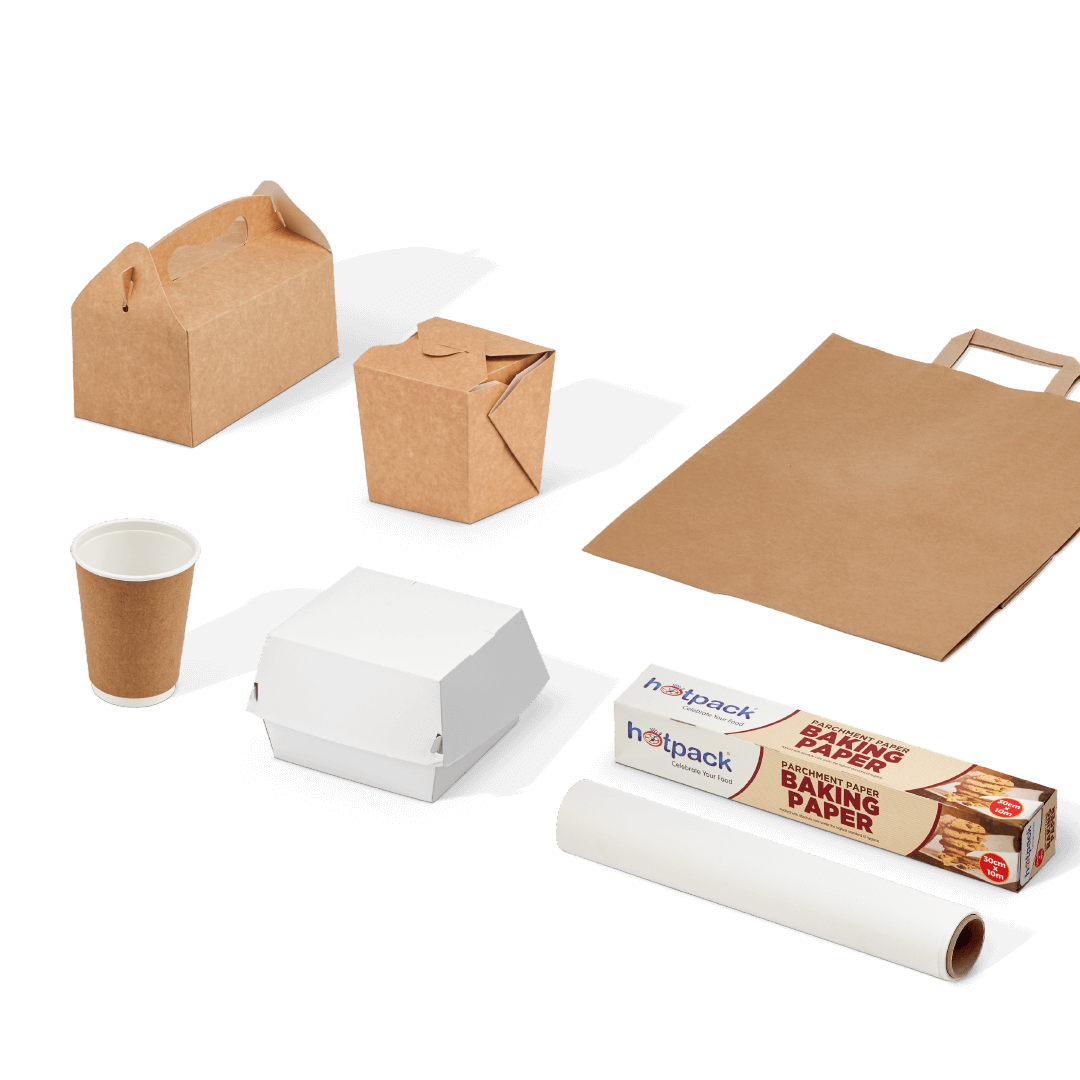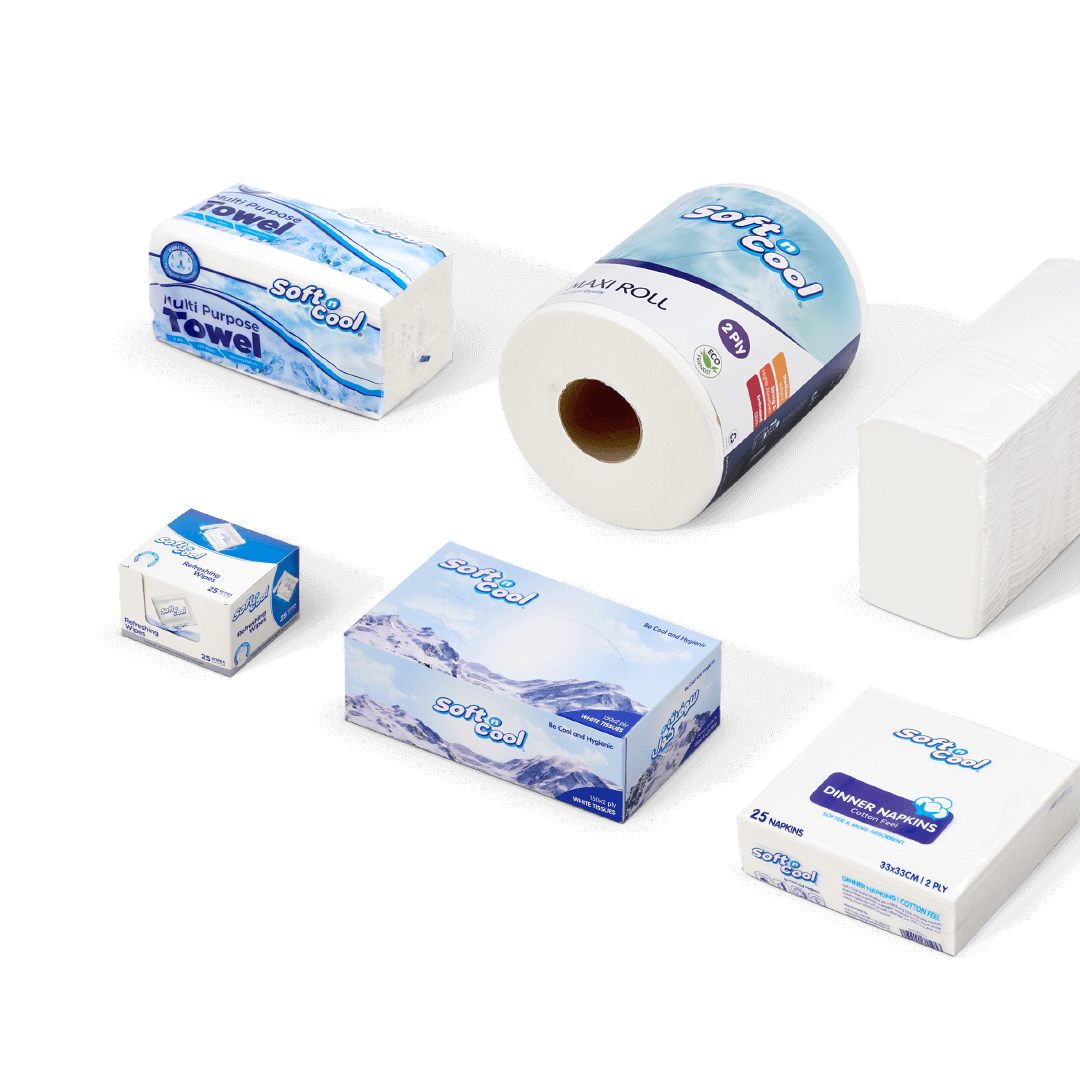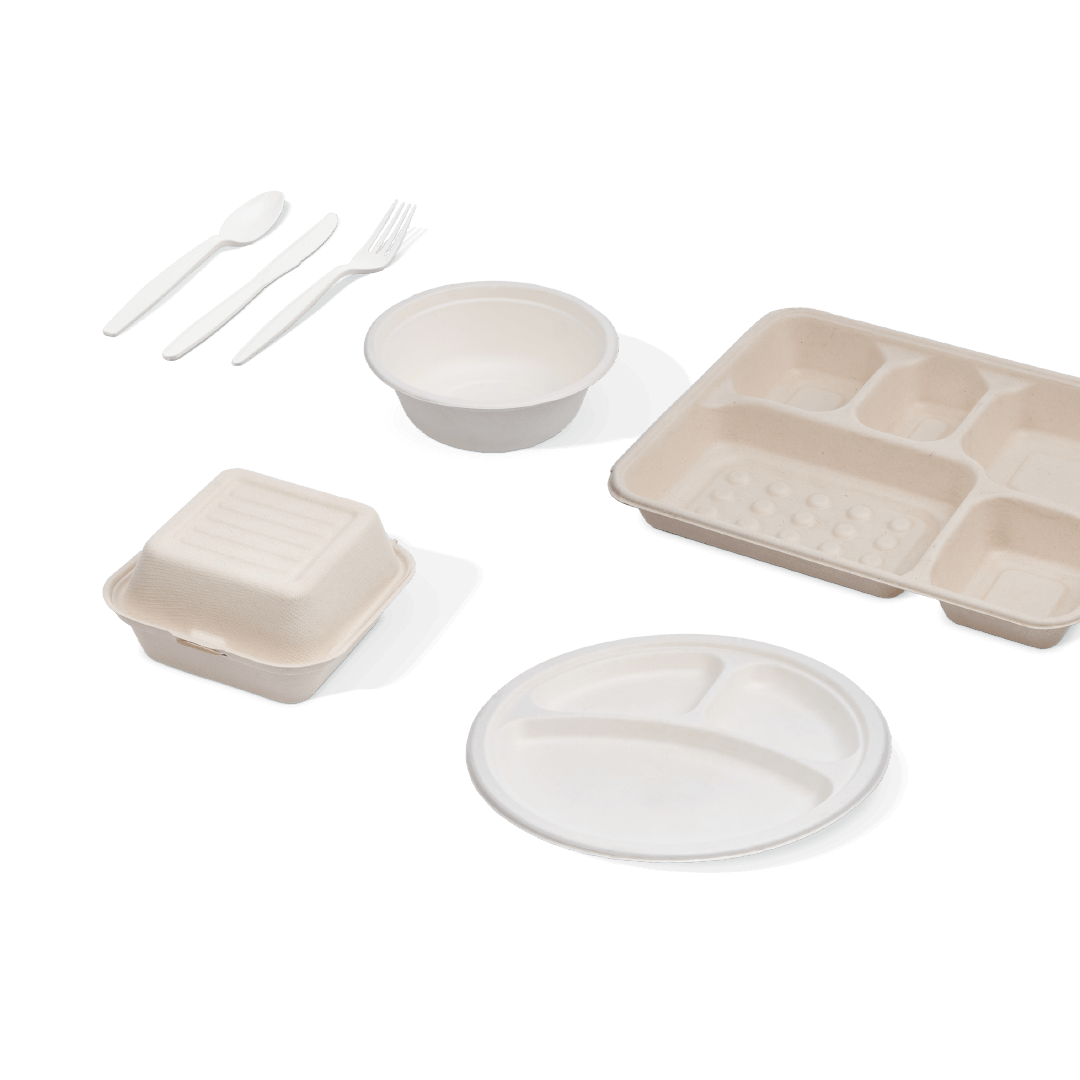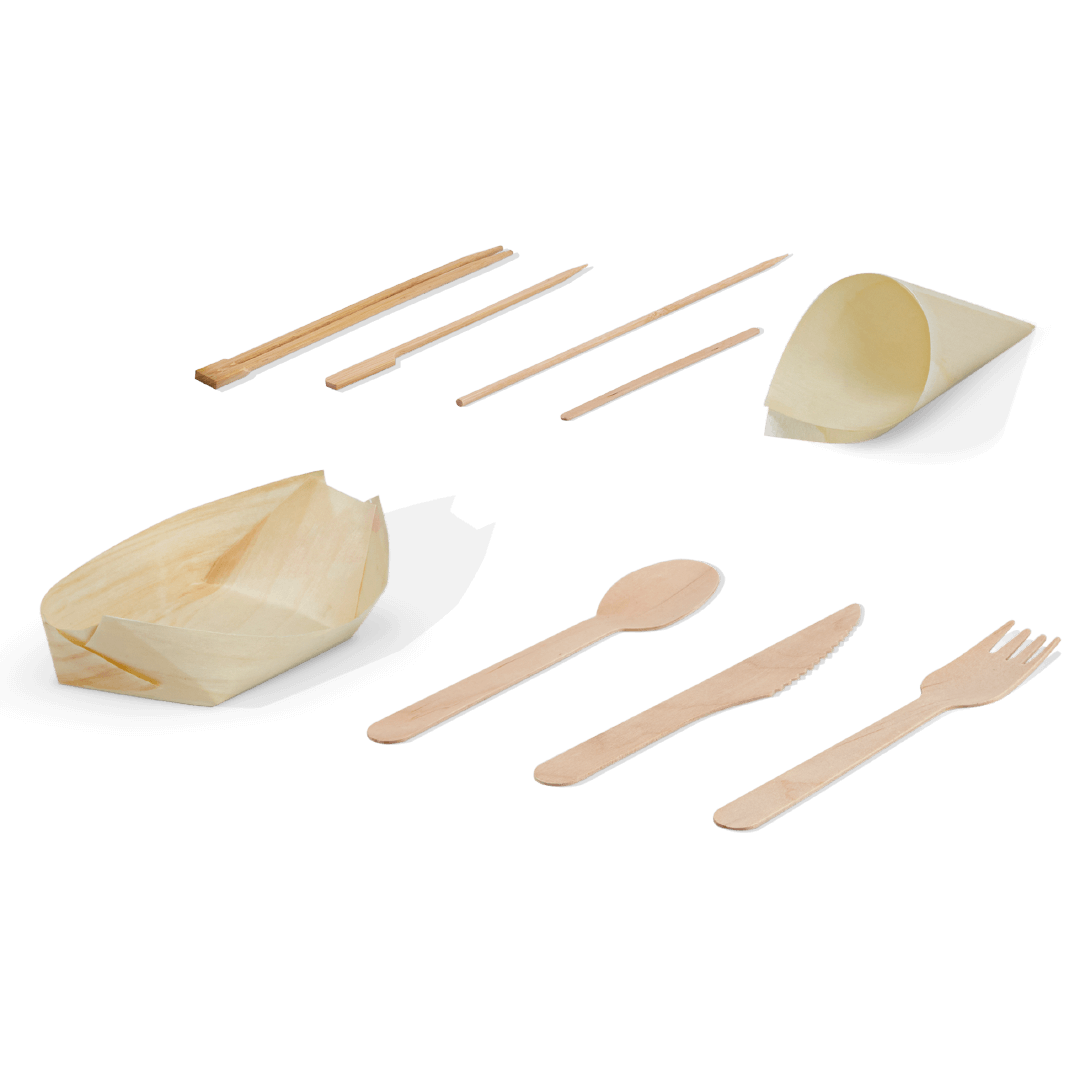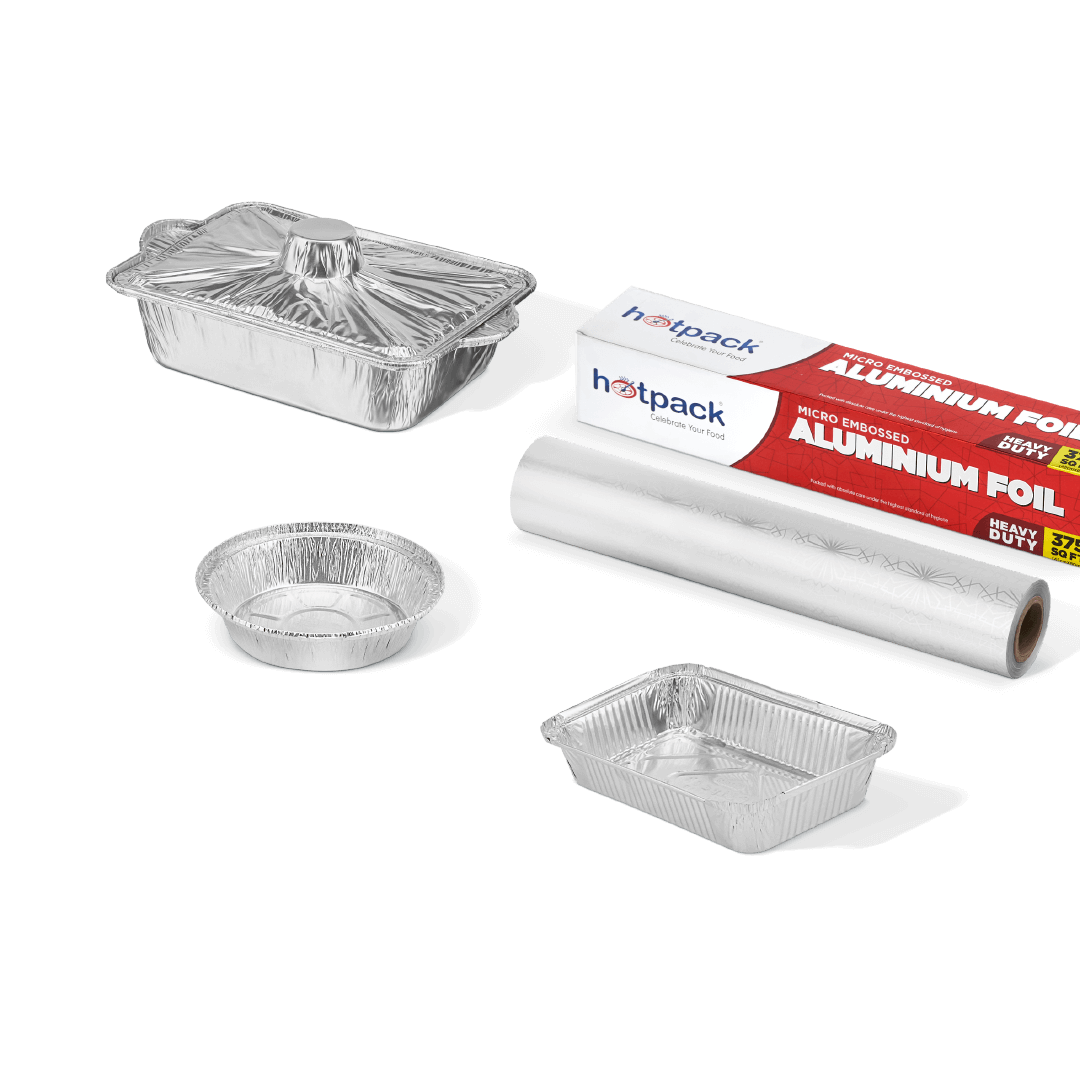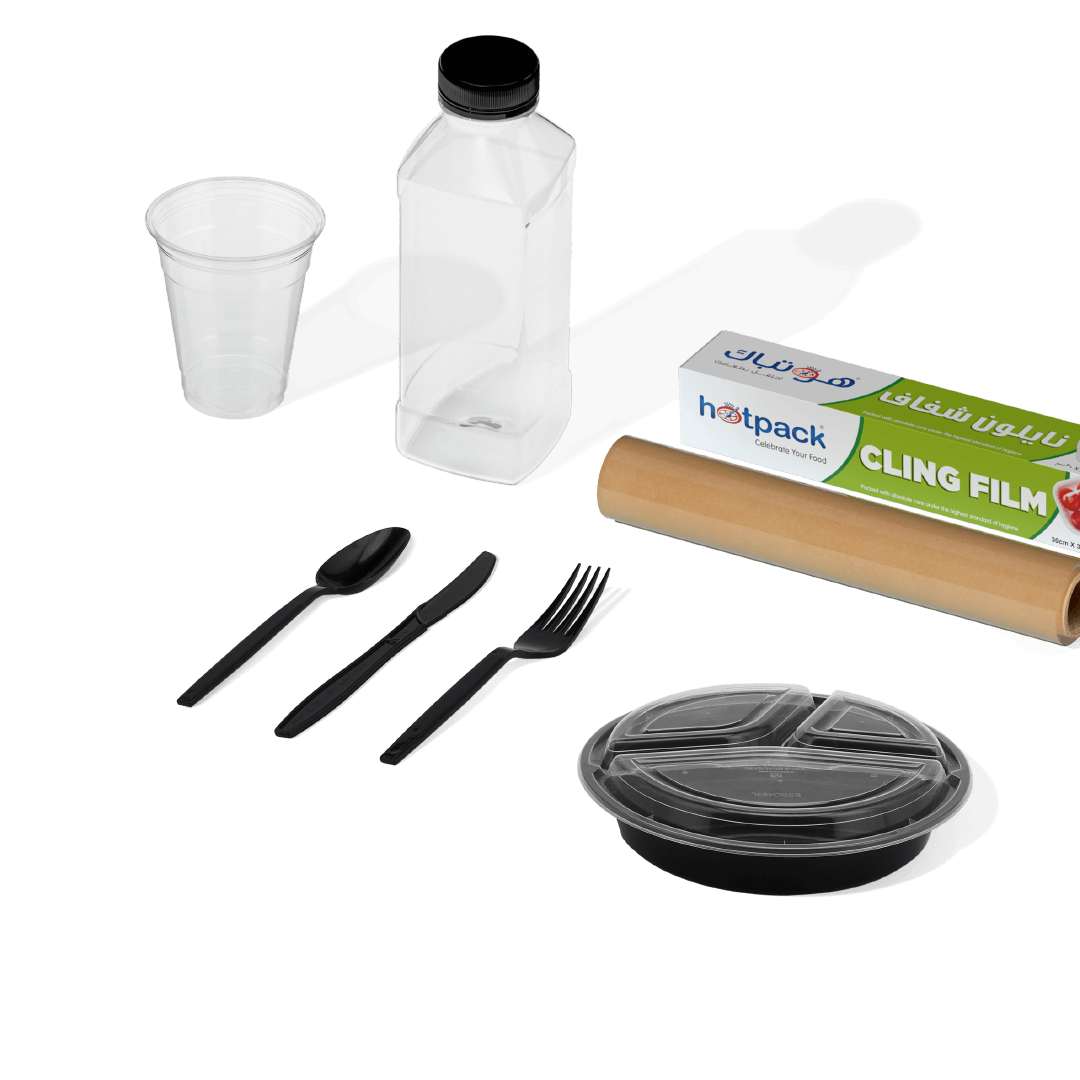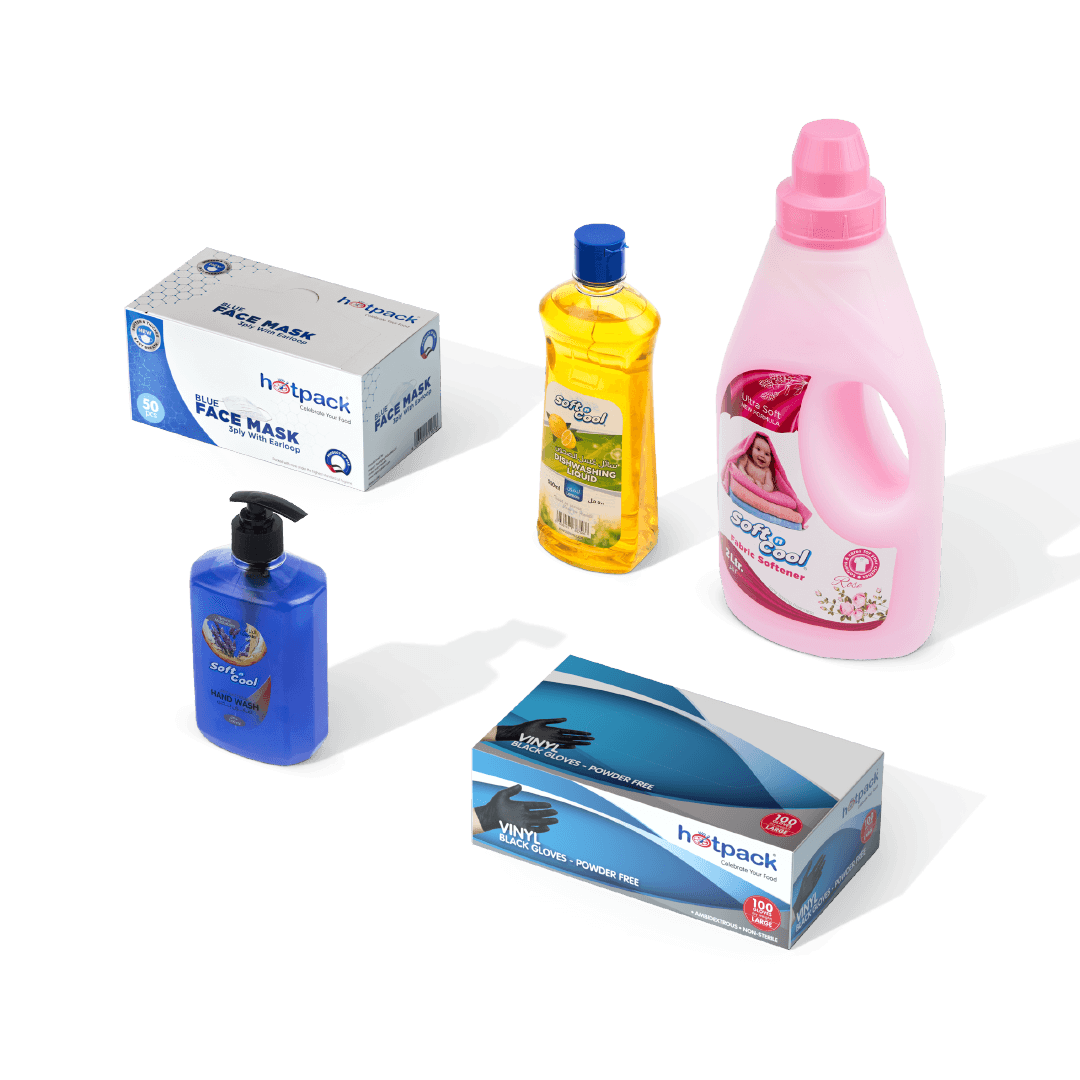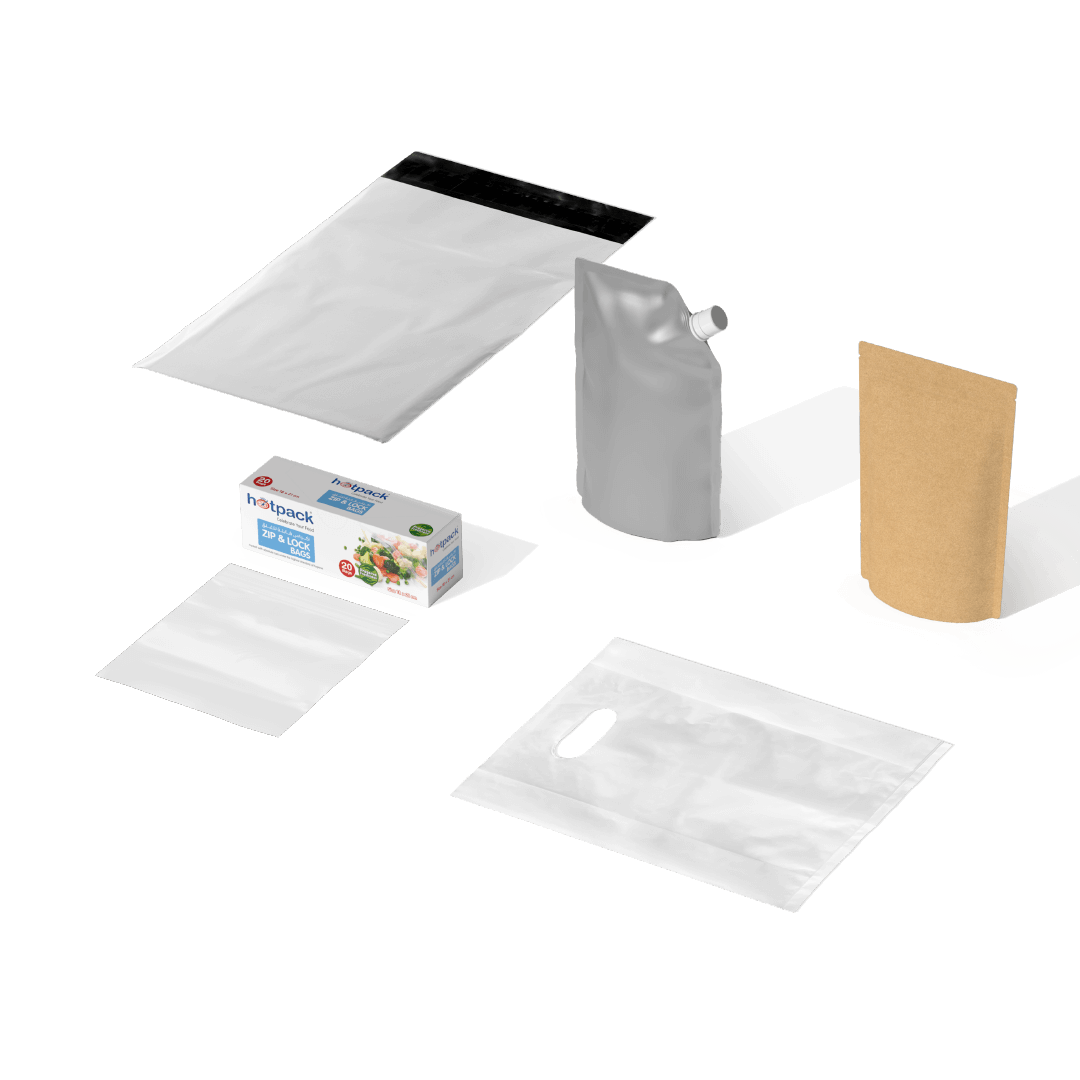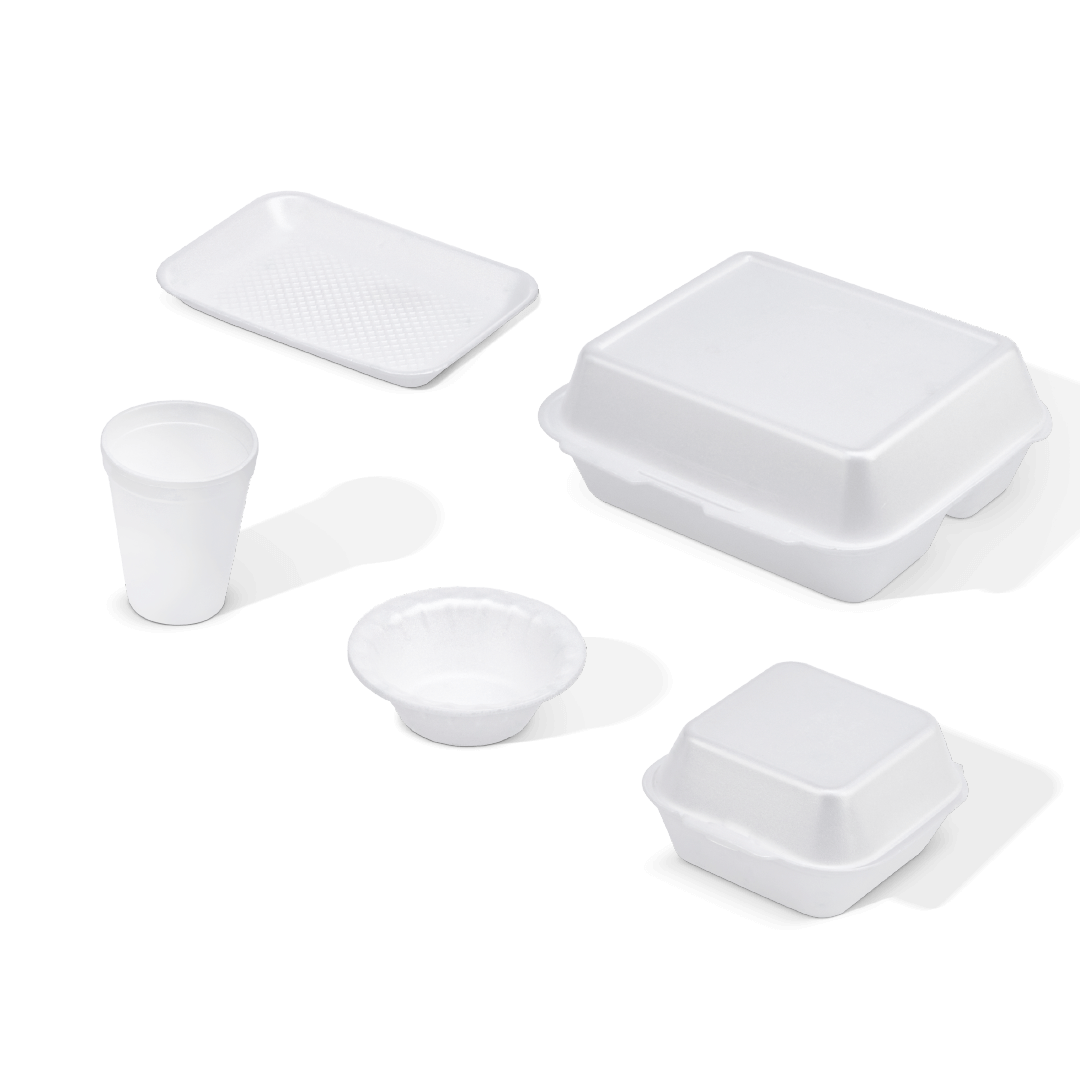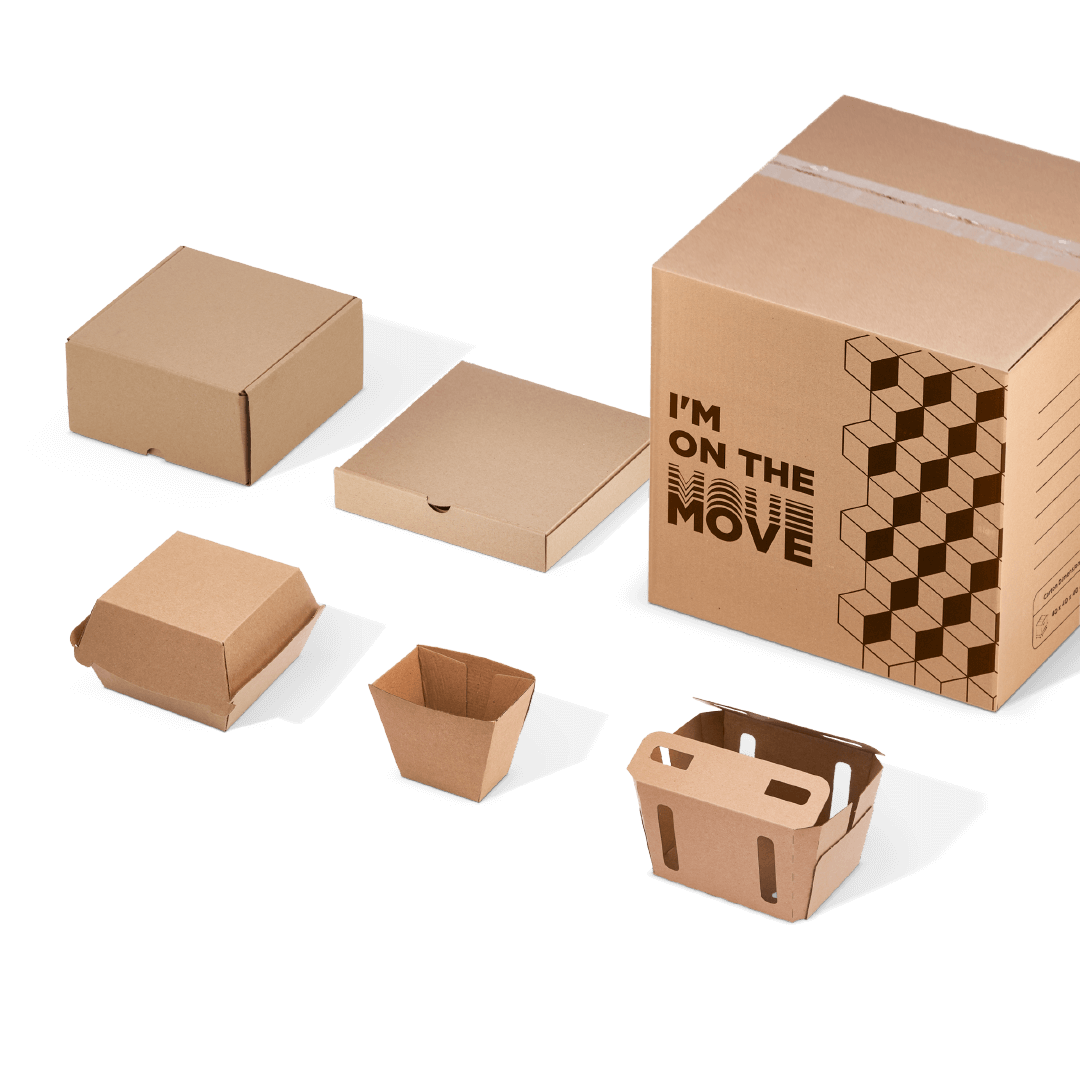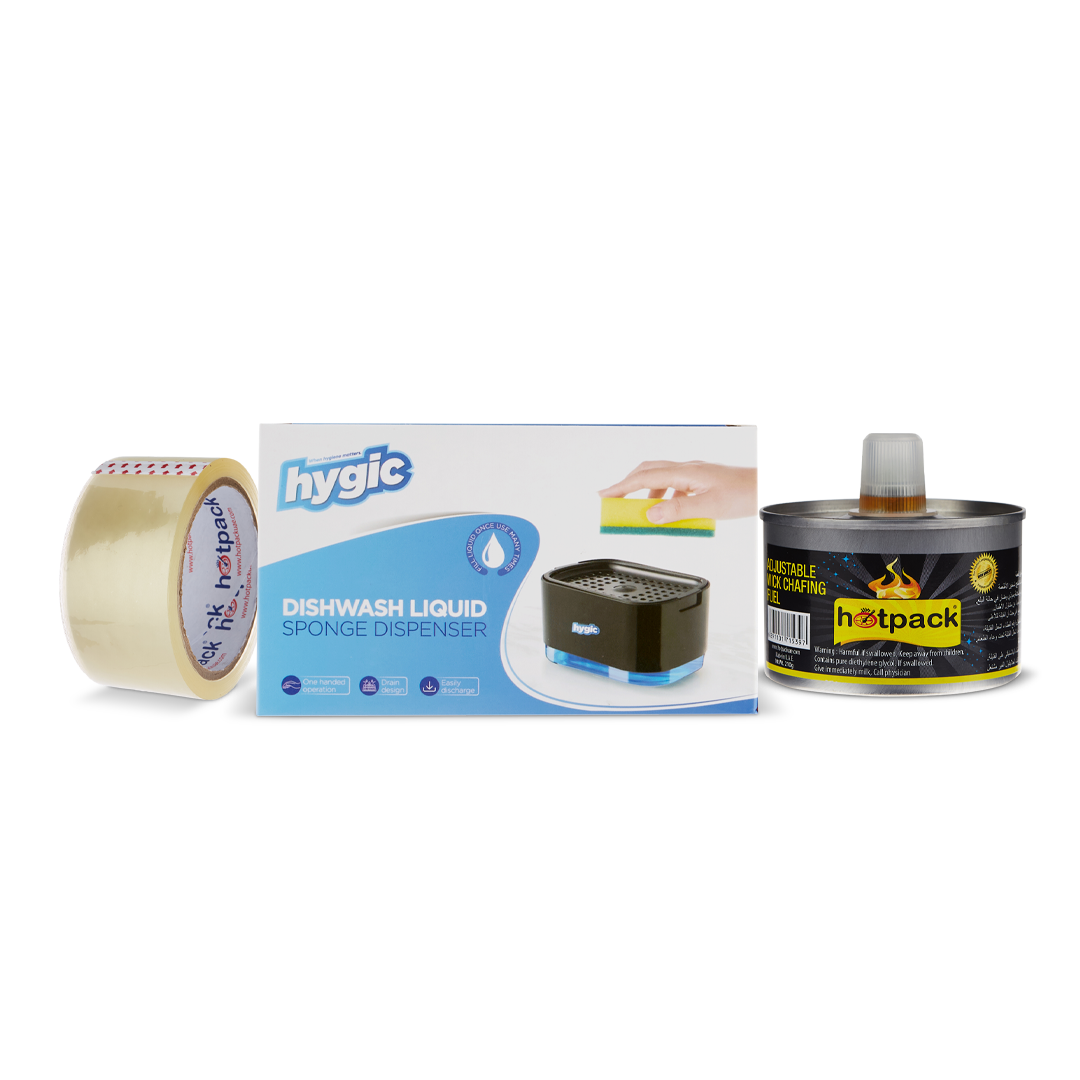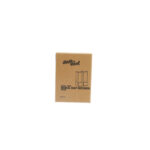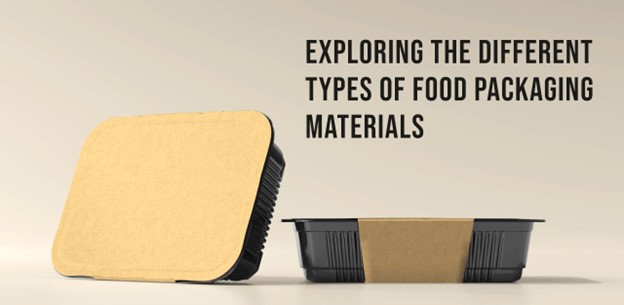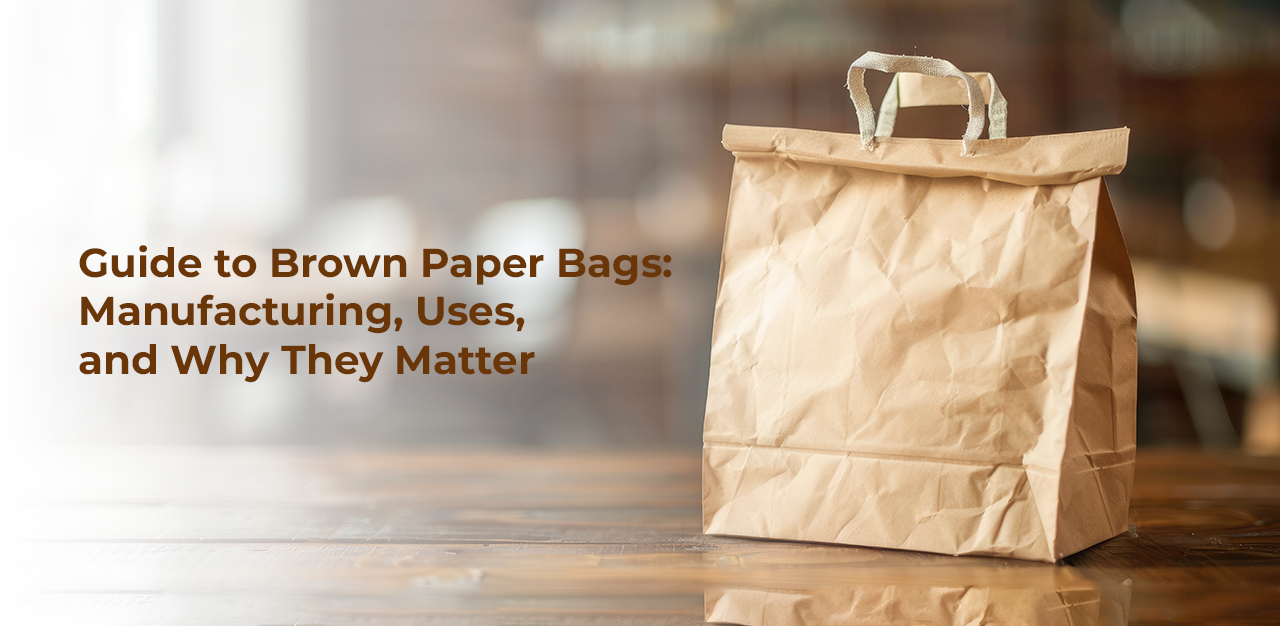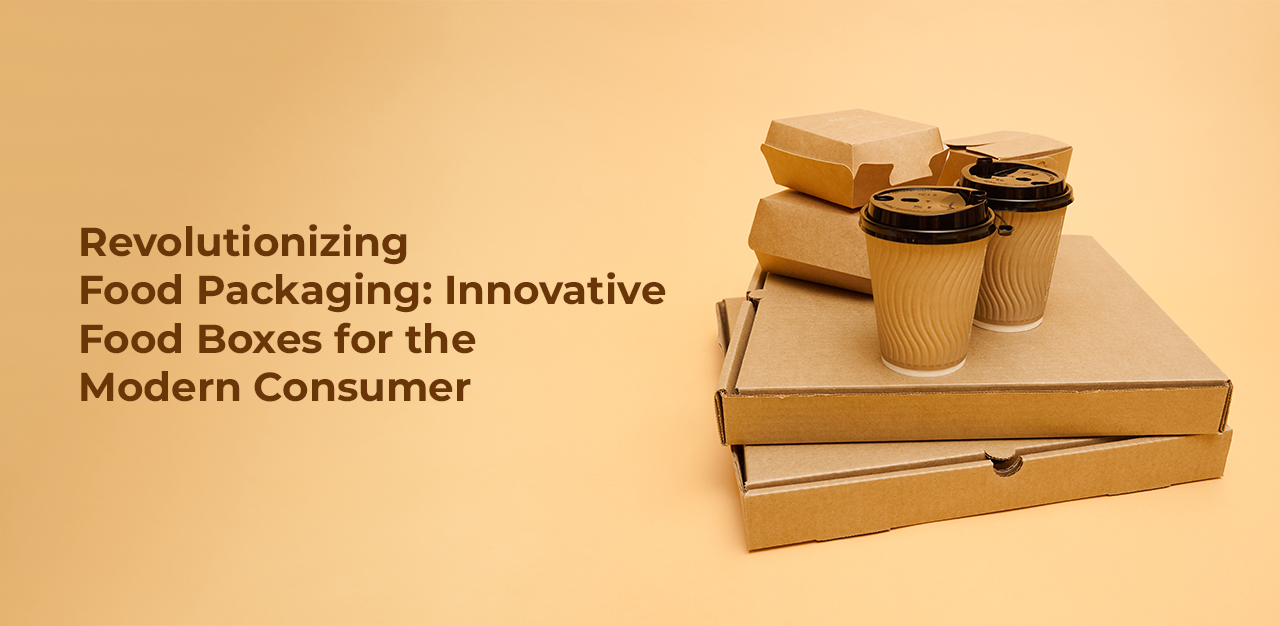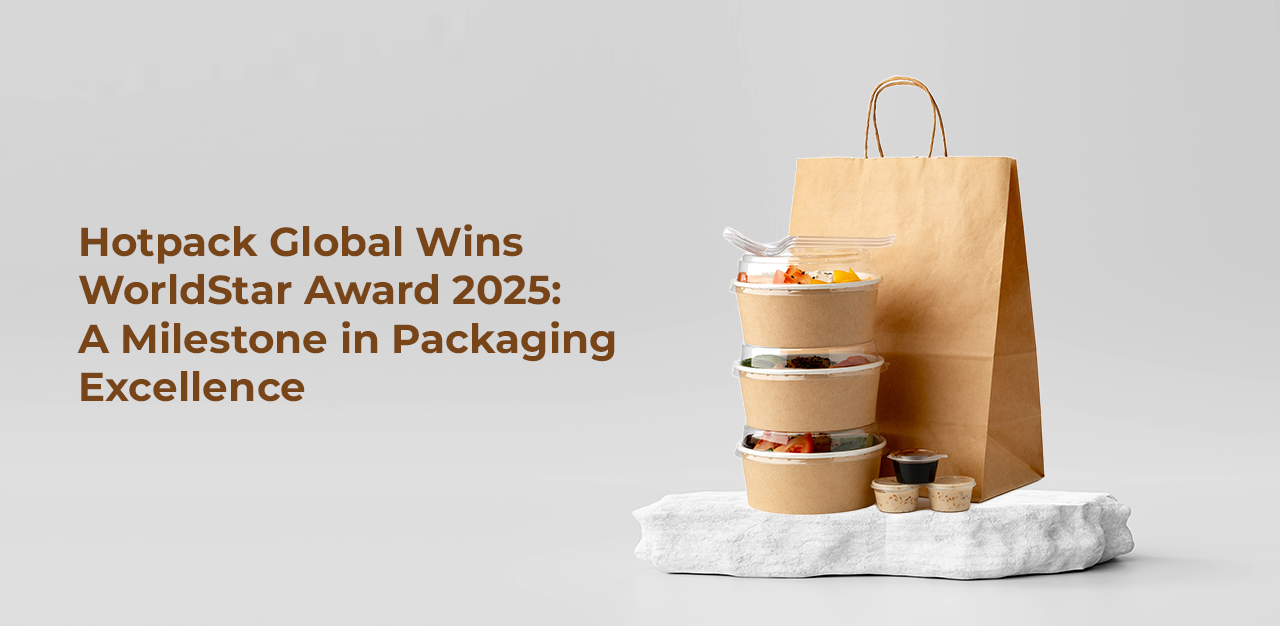Maybe you’re a chef attempting to promote your recipes to retailers through the retail frozen food industry. Another alternative is looking for novel and inventive packaging concepts while working for a food production firm. Alternatively, you can own a food truck and look for new packaging for your mouth-watering menu. There is a tonne of choices. Whatever brought you to this place today doesn’t matter; one thing is guaranteed. You are looking through the wide selection of food packaging materials to get the best supplies for your food items.
One of the food packaging markets with the highest growth right now is flexible pouches. The majority of purchasers adore them utterly. The global market for flexible bags is predicted to reach $53.7 billion in 2021. Furthermore, by 2026, the industry is projected to grow to USD 73.5 billion! Food packaging materials are mentioned below:
Flexible pouches
What’s the big deal, then? Why are these pouches so popular with food makers and customers alike? One of the food packaging markets with the highest growth right now is flexible pouches, and most purchasers adore them utterly. What’s the big deal, then? Why are these pouches so popular with food makers and customers alike?
These pouches are, first and foremost, eco-friendly. In reality, they have a substantially lower carbon footprint than the majority of alternative packaging materials, including glass, metal, cardboard, and hard plastic, similar to the majority of flexible packaging supplies. Additionally, flexible pouches occupy far less space in landfills than their substitutes. However, flexible pouches, often referred to as stand-up pouches, are widely used by both food producers and consumers for reasons other than sustainability.
Lastly, stand-up pouches can be printed entirely on all sides with vibrant colours, distinctive typography, graphics, logos, and product information. Customers find them to be quite attractive because of this. Flexible pouches are sweeping the globe, and it’s no wonder why with the features of scent, sight, and touch listed above.
Clamshell packaging
The family of carded packaging includes clamshell packaging. Food is most typically packaged in clamshells. They are also commonly used in consumer products, typically in addition to or instead of blister packs (another member of the carded packaging family). Styrofoam, plastic, paperboard, recycled paper, or plant materials are widely used to make clamshells. A clamshell is formed of two “shells” (made from one of the materials mentioned above). The connection between the shells is on one side of the container, while the clasp or locking knob is on the other.
Aluminium
Aluminium is typically used for coffee capsules, beverage cans, foils, tubes, trays, and pouches. The food’s shelf life is increased by its outstanding gas barrier capabilities and strong resistance to temperature changes, and it can be easily embossed and has exceptional malleability and formability. It is lightweight, generally safe, and endlessly recyclable.
Aluminium is occasionally alloyed with minerals like magnesium and manganese to increase its strength. Packaging stiff, flexible, or semi-flexible can all be made of aluminium. It is beneficial for protecting against radiation, air, moisture, oils, and germs, as well as maintaining the freshness and flavour of the items. Aluminium packaging is frequently used to wrap soft beverages, seafood, and pet food.
Plastic containers
High-density polyethylene is used to make a variety of containers that are classified as plastic. Plastic is used to create a variety of containers, including bottles, reusable containers, and throwaway food containers. These containers are extensively used because they are affordable, durable against physical damage and chemical corrosion, recyclable, and reusable. Injection moulding is a method for mass-producing plastic containers. Oil & lubricants, chemicals, beverages, food, and medicine are all frequently packaged in these containers.
Paper
One of the earliest packaging materials is paper, which dates to the seventeenth century. Dry food packaging often uses paper and paperboard. Their uses include packing and presenting wet and fatty foods after coating or waxing. They are frequently found in wrapping paper, milk cartons, folding cartons, paper plates, paper cups, corrugated boxes, bags, and sacks. Due to its high permeability and inability to be heated to a seal, paper is employed to retain and protect food temporarily. Wax, resin, and lacquer are used as coatings and laminates when the paper is used as primary packaging to improve the paper’s protective and practical qualities. Paper comes in various forms, including Kraft paper, sulphite paper, greaseproof paper, Glassine, and parchment paper, depending on how it was made and for what reason it was packaged.
Kraft paper is the sturdiest type for packaging dry fruits, flour, and sugar. Sulphite paper is used to wrap biscuits and sweets since it is significantly weaker and lighter. Greaseproof paper and Glassine have tightly packed cellulose fibres that increase the paper’s ability to resist oil, making them suitable for packaging snacks, biscuits, fast food, and greasy foods. Glassine also has additional moisture added to it. Paper that has been acid-treated, such as parchment, becomes impenetrable to liquids but not to air and vapor. Butter and lard are packaged using it.
Paperboard
Paperboard is thicker than paper and is also heavier. It is widely used as supplemental packaging for products that don’t immediately contact food. To create shipping cartons, trays, and boxes, paperboard is widely utilised. Whiteboard, solid board, chipboard, and fibreboard are a few types of paperboards. Only whiteboard is recommended for use in primary packaging. Milk, fruit juices, and soft beverages are packaged on a solid board, a robust and long-lasting paperboard. The outer layers of food cartons, including those for cereal and tea, are made of chipboard, the least expensive type of paperboard created from recycled paper. Due to its robustness and resistance to impact scratching and crushing damage, fibreboard is used to convey bulk food.
Conclusion
Cold chain management’s packaging process is intricate but essential. It aids in keeping the products at the proper temperature and guarantees their security up until the last mile. During shipping, a product must overcome various obstacles; how well it is packaged will influence whether it can endure these obstacles. Additionally, eco-friendly food packaging has specific essential characteristics, including the ability to be simple to fill, simple to seal, and simple to store. This improves the user’s convenience.

